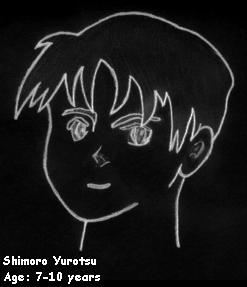| First
I will explain the basics of human genetics. |
| A human
has (2n=)46 chromosomes where his genes
lies. A human cell is diploid, that means that
the human has 2 sets of chromosomes 23+23=46 (see
picture left). Every pair of chromosomes
are identical, except for males the last pair of
chromosomes aren't identical. These chromosomes
are X- and
Y-chromosomes(XY). A female human
has two identical X-chromosomes(XX). The Y-chromosome
makes a human a male. |
| When a
cell divides there will be two identical cells,
with the same DNA. This cell-division way is
called mitosis(see
blue picture "Mitosis" under). In a childs
baby-years and during puberty the cells of the
body will do mitosis very often, so the person
grows rapidly in these periods. |
| Some
particular cells undergo a different
cell-division. This cell-division way is called meiosis(see
yellow picture "Meiosis" under).
Cells that are created after meiosis are sperm-cells(for
males) and eggcells(for
females). Sperm-cells and eggcells(both called
gametes) are for reproduction. After a cell
divides by meiosis there will be four cells. The
first two are identical to each other and the
last two are identical to each other. The first
pair has half of the genes of the original
cell(Parent cell) and the last pair has the other
half of the genes. |

